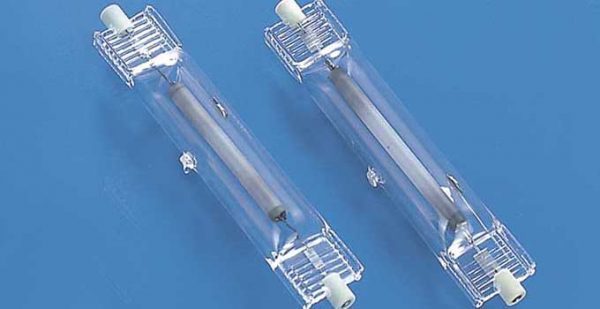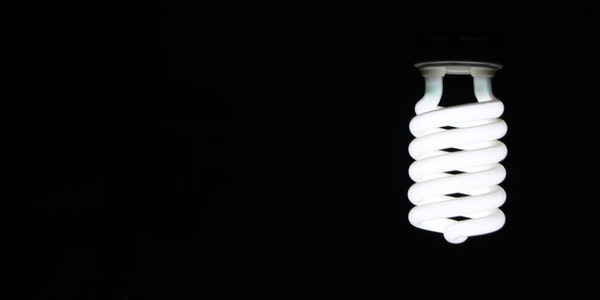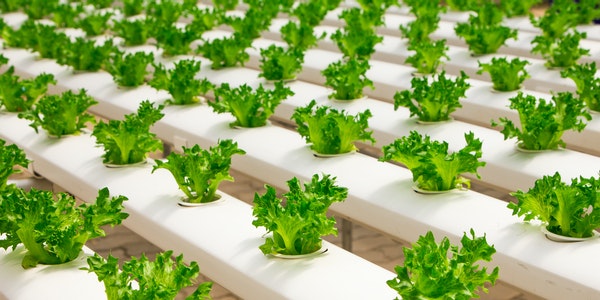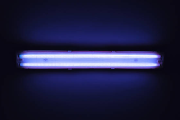LED VS HPS & CFL-Which grow light is better?
“Which grow light is better?” Many growers have asked similar questions on social media such as LinkedIn, Facebook and YouTube. The answer is not simply that this is good or that is not good. Between the two lighting technologies, LED, HPS and CFL, each has its advantages and disadvantages. Which one is more suitable for you depends on your budget, crop types and the scale of your planting facility.
HPS—High Pressure Sodium Light
High-pressure sodium lamp-the wavelength emitted is most suitable for the spectrum required by crops such as hemp, strawberry and carrot during the flowering period. Usually growers use HPS lights when their plants begin to bloom, because they make the flowers as large and dense as possible.
There are many types of crops, and some plants mainly produce leaves, such as lettuce and cabbage. When the leaves and roots need more light, the wavelength of metal halide (MH) light is just the most suitable for the needs of plants. In the high-speed growth period of plant stems and leaves, metal halide light will be more effective than HPS lights of the same power. Cultivators usually use MH in the early stages of plant nursery and growth, and then switch to HPS lights when the plants begin to bloom.
Although HPS and MH lamps have many advantages, also they have some disadvantages indeed. Because their power consumption is very large, a 1000W HPS can consume one kilowatt-hour of electricity in an hour, so the cost of electricity will be much higher than that of CFL lights and LED lights. Moreover, they generate a lot of heat, so it is necessary to additionally equip the planting facility with a good ventilation and exhaust system. In addition, HPS and MH lamps will age rapidly with the passage of time, so it is necessary to replace the lamps every 3 cycles of crop growth. The THD of HPS and MH lamps is very large, so a separate ballast is required to work properly.
The advantages of HPS Light: higher yield per square meter and lower price.
Disadvantages of HPS light: The heat is too high, which leads to a short service life (maybe less than 2 years).
CFL Lighting
Indoor planting and hydroponic gardening, because of its planting characteristics and cost budget, CFL lights are often used. CFL lamps are not as efficient as other lighting technologies (such as LED). But they are also cheaper and emit less heat, which makes them ideal for starting plants, germinating seeds and reproducing. If the planting space is not very large, the number of crops to be planted is not large, and there is no need to invest too much in equipment, we of course recommend CFL lights first.
There are many types of CFL lamps, including spiral CFL and long straight tube T5 and T8 fluorescent tubes.
It is true that fluorescent lamps are cheap and generate little heat, but they also have their disadvantages. CFL is much slower to promote the growth of mature plants. Therefore, professional indoor and hydroponic cultivators will only use CFL for plant cloning and seedling stage. If the budget is limited, and at the same time want to achieve a moderate increase in crops, this type of growers choose CFL lights is undoubtedly the best.
Advantages of CFL: The cheapest grow light. The heat output is extremely low, which means you don’t need a large exhaust fan for simple setup.
Disadvantages of CFL: CFL grow light outputs less power, which means that the growth rate of crops will be slower, and the yield will be lower than that of crops that use HID or LED lights as supplementary light.
LED Grow Light
The other is LED plant growth lights. Compared with HID lamps and CFL lamps, LEDs have great advantages, but they also have some disadvantages.
In the past 20 years, LED horticultural lighting technology is still in continuous development and progress. This makes many suppliers more confident in selling LED grow light, and the yield of crops is showing an increasing trend. Therefore, LED grow light technology has now developed to become your top 1 choice for hydroponics or indoor gardens.
The ability of LED lights to convert electrical energy into light that can be used by plants is higher than that of HPS. Because compared with HPS lamps, LED lamps generate less heat and consume less power. So your electricity bill will be small, and it will be easier to control the temperature of the LED light. LED lights also have their downsides. Compared with the same HPS lights, LEDs usually produce less output per square meter. However, they are much more powerful than CFL lights. In addition, high-quality LED grow lights are more expensive than equivalent HPS products. When purchasing LED grow lights, try not to be cheap, because their performance is very poor and the output will not be satisfactory.
Advantages of LED lights: PPE is higher than CFL lights. Much less heat output than HPS. Reduce energy costs.
Disadvantages of LED lights: inferior to HPS in terms of promoting the density of crops. In addition, the expensive price will make some cultivators have to weigh repeatedly before buying.




